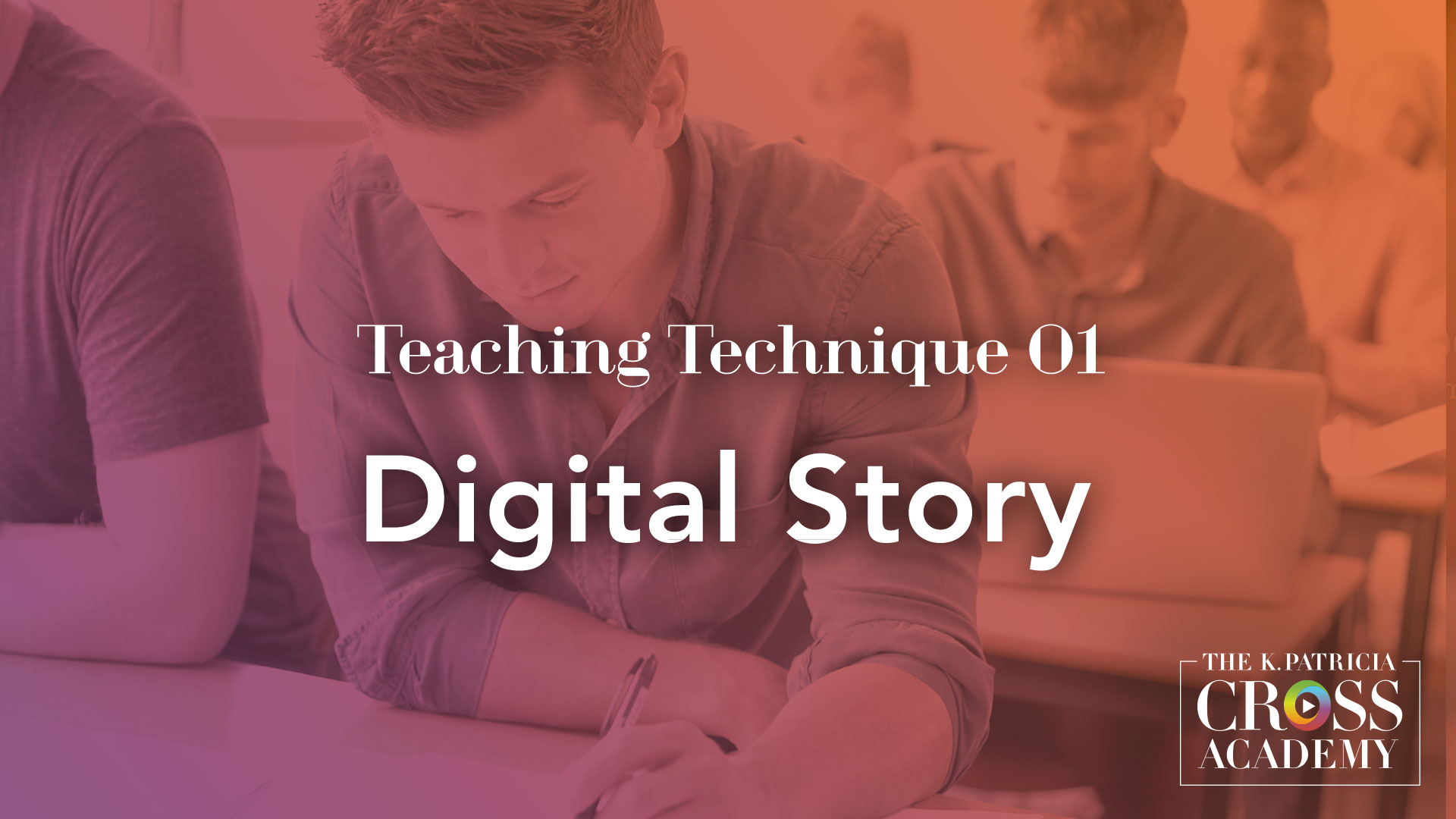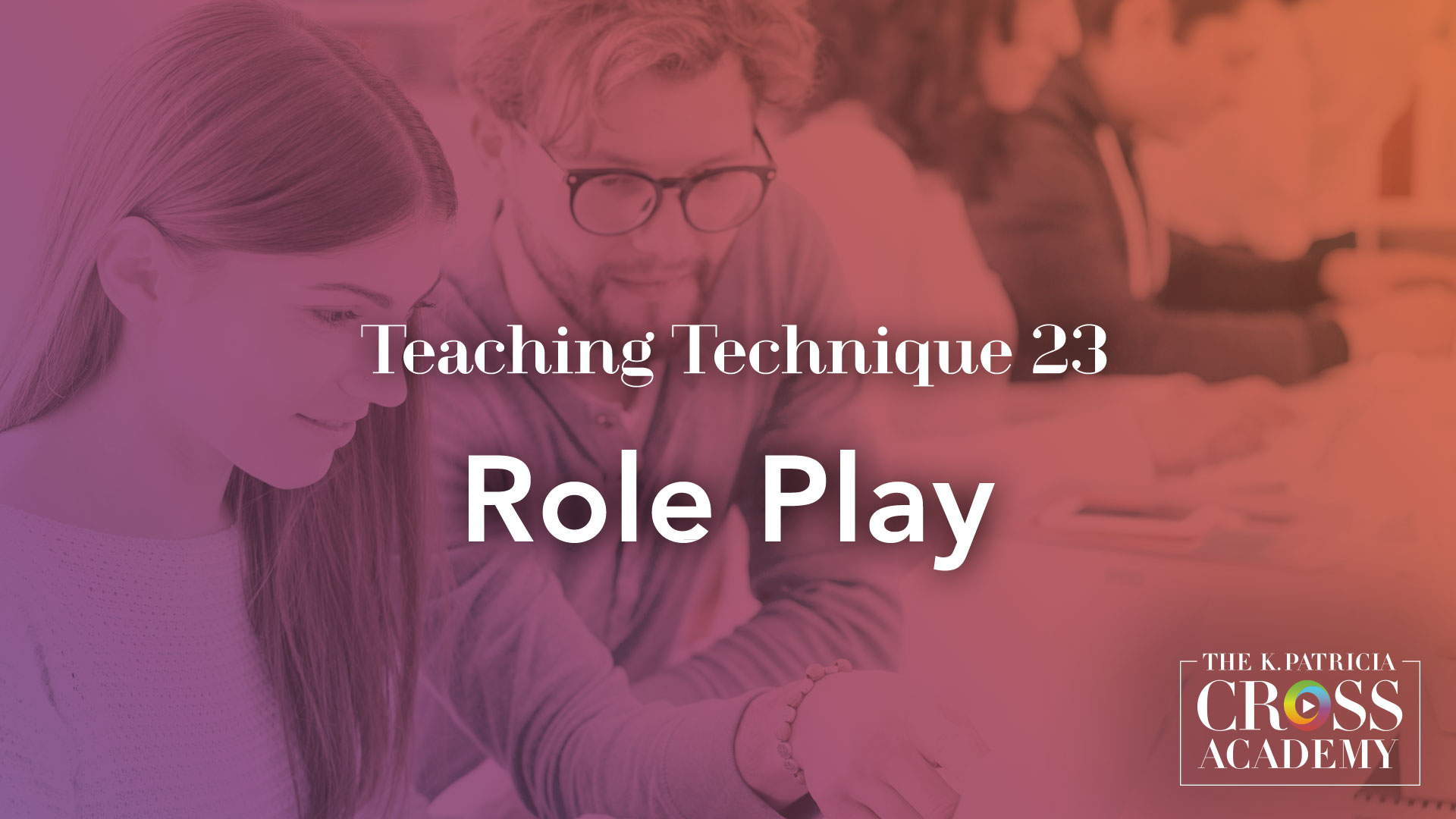
Emotional intelligence (EI) is the ability to understand, use, and manage our own emotions in positive ways to relieve stress, communicate effectively, empathize with others, overcome challenges, and defuse conflict. It includes the ability to understand and influence the emotions of others. In higher education, fostering EI is not just beneficial but essential for students’ personal and professional success. However, prompting students to exhibit EI can be a challenge.
The Importance of Emotional Intelligence in Education
Emotional intelligence (EI) is not only a valuable skill set for personal development, but it also plays a fundamental role in a student’s academic life. Emotional intelligence is linked to better attention skills and fewer learning difficulties. Students with high EI are observed to manage stress and conflicts better, show empathy and understanding towards their peers, and adapt more easily to changes and challenges. The ability to stay calm and focused despite setbacks enables these students to absorb and process information more effectively and to perform better in tests and other stressful situations.
Students with high EI are observed to manage stress and conflicts better, show empathy and understanding towards their peers, and adapt more easily to changes and challenges.
Conversely, students with lower EI might struggle with concentration and are often more easily distracted, which can lead to greater academic difficulties. Socially, students with high emotional intelligence are often more adept at forming relationships. They tend to be better communicators and negotiators, skills which are associated with better leadership abilities. They are typically the students who can resolve conflicts among peers or lead group projects effectively, facilitating smoother and more productive interactions. Resilience is another benefit of high emotional intelligence. The robustness of emotional skills allows students to face academic challenges with confidence and poise. This resilience can contribute to a more persistent, optimistic, and tenacious outlook—qualities that are invaluable when confronting the challenges of academic life and beyond.

Cultivating EI
Instructors can play a pivotal role in enhancing EI in the classroom by creating a learning environment that prioritizes and nurtures these skills. Cultivating emotional intelligence is not only about conducting specific activities, but also about embedding principles of EI into everyday interactions and the educational framework itself. This approach requires a conscious effort to design course policies, classroom dynamics, and instructional activities that encourage students to practice empathy, regulate their emotions, and communicate effectively. This foundational work in educating for emotional intelligence transforms traditional learning spaces into holistic growth environments that prepare students for the complexities of the real world. Following are areas to address when designing educational activities that can help nurture the development of EI.
Fostering Empathy in Students
Empathy is the ability to understand and share the feelings of another person. Educators can cultivate empathy in students by having them consider the perspectives of others. This can occur through role-playing exercises where students act out different scenarios that involve recognizing and responding to the emotions of others. Another effective method is through open discussions about books or films that explore complex emotional themes. By encouraging students to discuss how different characters might feel, teachers can help students develop deeper emotional understanding and empathy.
Developing Effective Communication Skills
Effective communication is a key element of emotional intelligence that involves expressing oneself clearly and listening to others. To enhance these skills, educators can organize activities that require students to practice both speaking and listening. These might include debates, group discussions, or storytelling exercises. Moreover, teaching active listening skills — such as making eye contact, nodding, and repeating back what was said — can improve interpersonal communication and foster better classroom relationships.

Enhancing Social Skills Through Collaborative Learning
Collaborative learning not only improves academic achievement but also enhances social skills. By working in groups, students learn how to negotiate, cooperate, and see different perspectives. Projects that require team collaboration encourage students to practice these skills in a supportive environment. Peer mentoring programs can also be beneficial, where more academically advanced students guide less advanced ones, helping to strengthen their social skills and emotional intelligence simultaneously.
Implementing an EI-Focused Curriculum
Integrating emotional intelligence into the curriculum can be done across various subjects. For example, in literature classes, students can analyze characters’ emotional responses and motivations. In science classes, students could study the psychological effects of stress on the human body. In arts classes, students could explore emotional responses to different masterworks.
Cultivating emotional intelligence is not only about conducting specific activities, but also about embedding principles of EI into everyday interactions and the educational framework itself.
EI-Focused Instructional Techniques
To effectively foster EI in the classroom, educators can leverage a variety of instructional techniques that encourage students to explore and develop their emotional and social skills. These techniques, drawn from the Cross Academy Techniques (CATS), are designed to engage students in practical scenarios and challenges that mirror real-life situations. By participating in these activities, students not only learn the academic content but also gain valuable insights into managing emotions, understanding others, and navigating social interactions. These experiences are crucial for building the foundation of a well-rounded emotional intelligence that supports both personal growth and professional success.
Students use computer-based tools, such as video, audio, graphics, and web publishing, to tell personal or academic stories about life experiences relevant to course themes.
A Role Play is a created situation in which students deliberately act out or assume characters or identities they would not normally assume.
With Case Studies, student teams review a real-life problem scenario in depth. Team members apply course concepts to identify and evaluate alternative approaches to solving the problem.
Three-Minute Messages are modeled on the Three-Minute Thesis (3MT) academic competition, in which students have three minutes to present a compelling argument and to support it with convincing details and examples.
Conclusion
As educators, incorporating strategies to enhance emotional intelligence within the curriculum is a critical element in preparing students for success. The benefits of helping students develop emotional intelligence include improved social skills, increased empathy, and greater academic success. By focusing on this concept and promoting it, educators can provide students with the tools they need to navigate their emotions and interact effectively with others. This holistic approach to education will help foster a new generation of thoughtful, empathetic, and communicative individuals.
Suggested Citation
Barkley, E. F., & Major, C. H. (n.d.). Enhancing emotional intelligence in the classroom. CrossCurrents. https://kpcrossacademy.org/enhancing-emotional-intelligence-in-the-classroom/

Engaged Teaching
A Handbook for College Faculty
Available now, Engaged Teaching: A Handbook for College Faculty provides college faculty with a dynamic model of what it means to be an engaged teacher and offers practical strategies and techniques for putting the model into practice.








